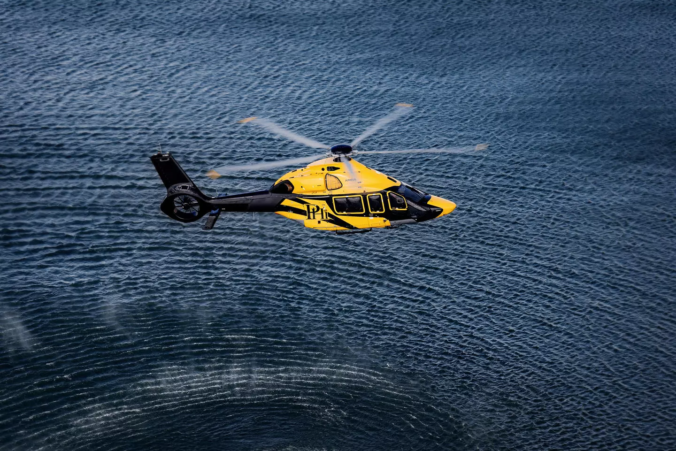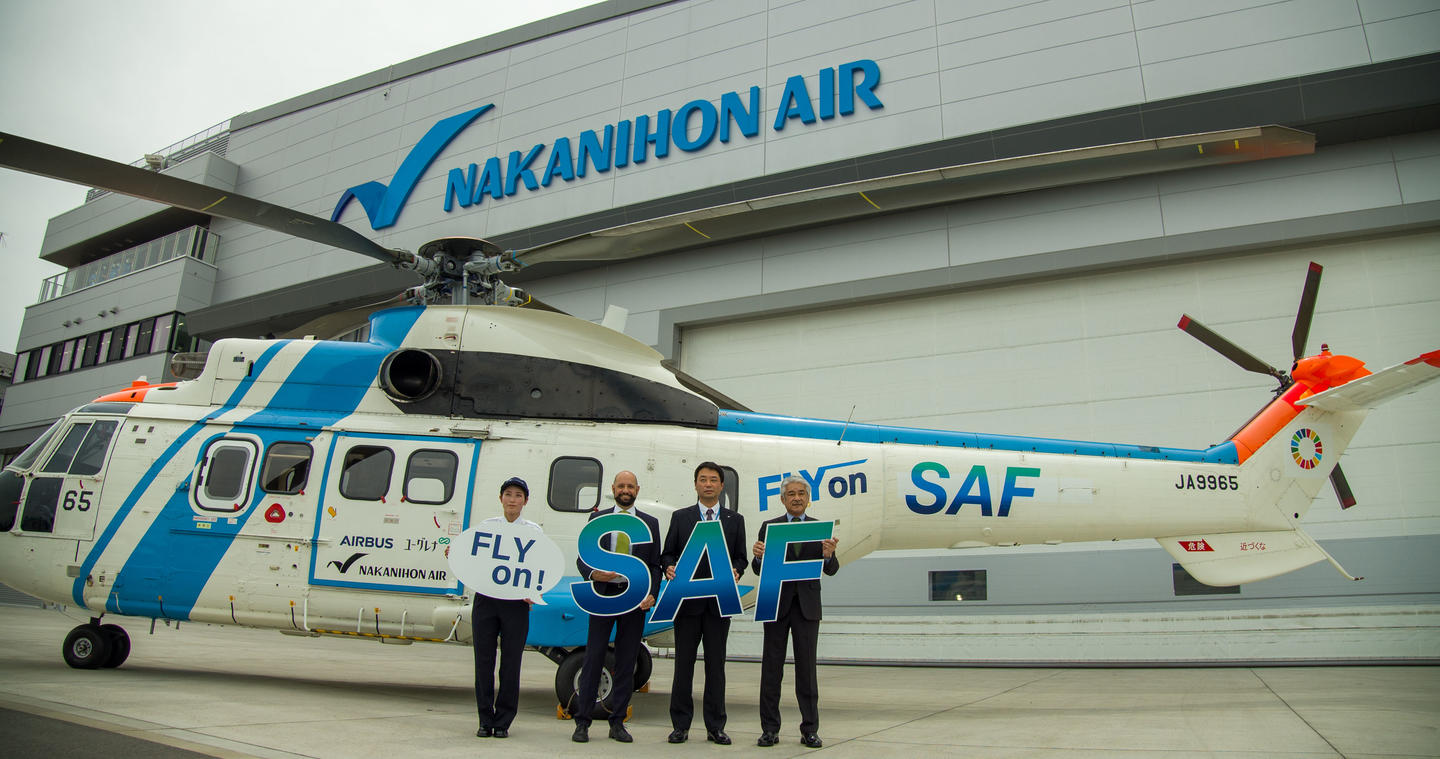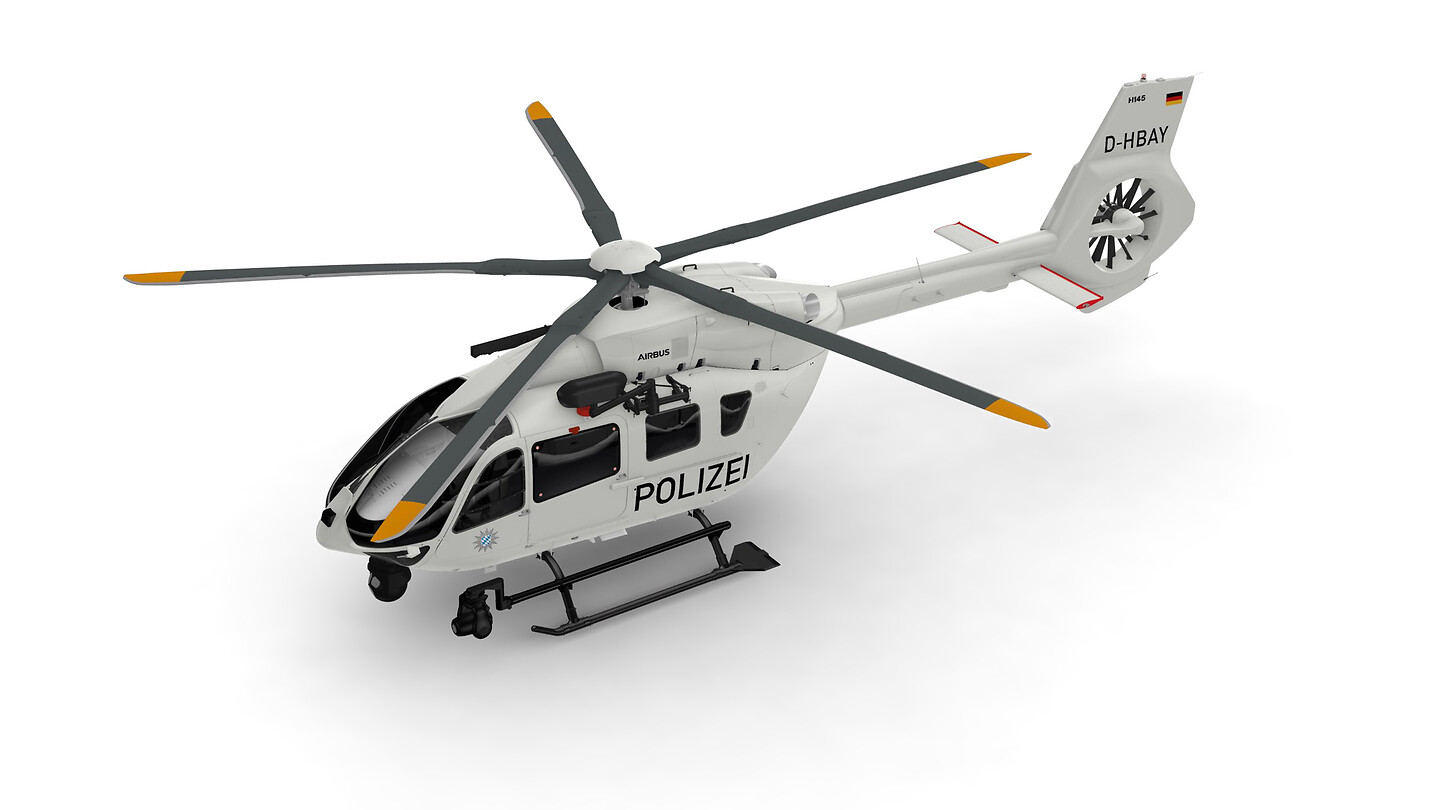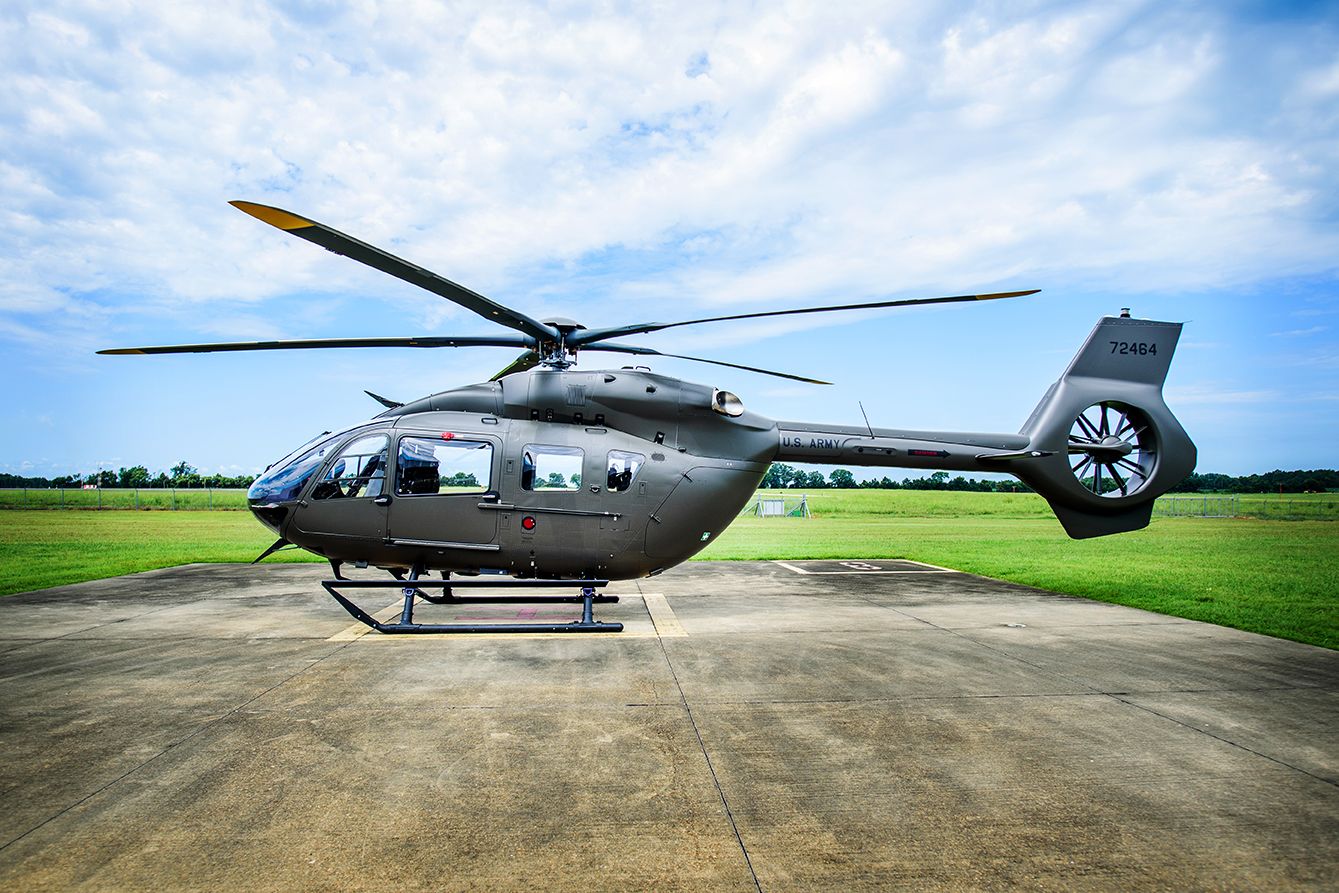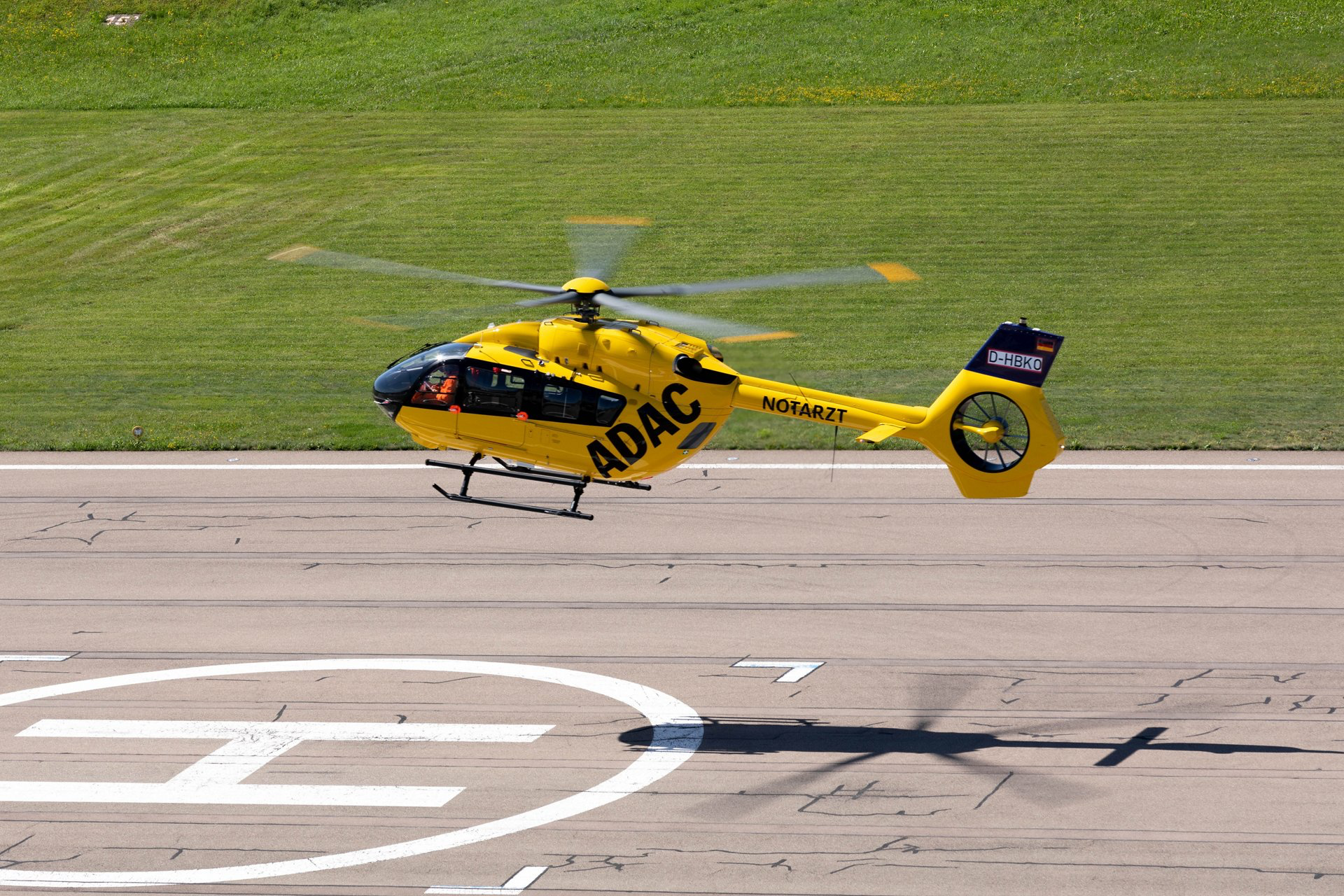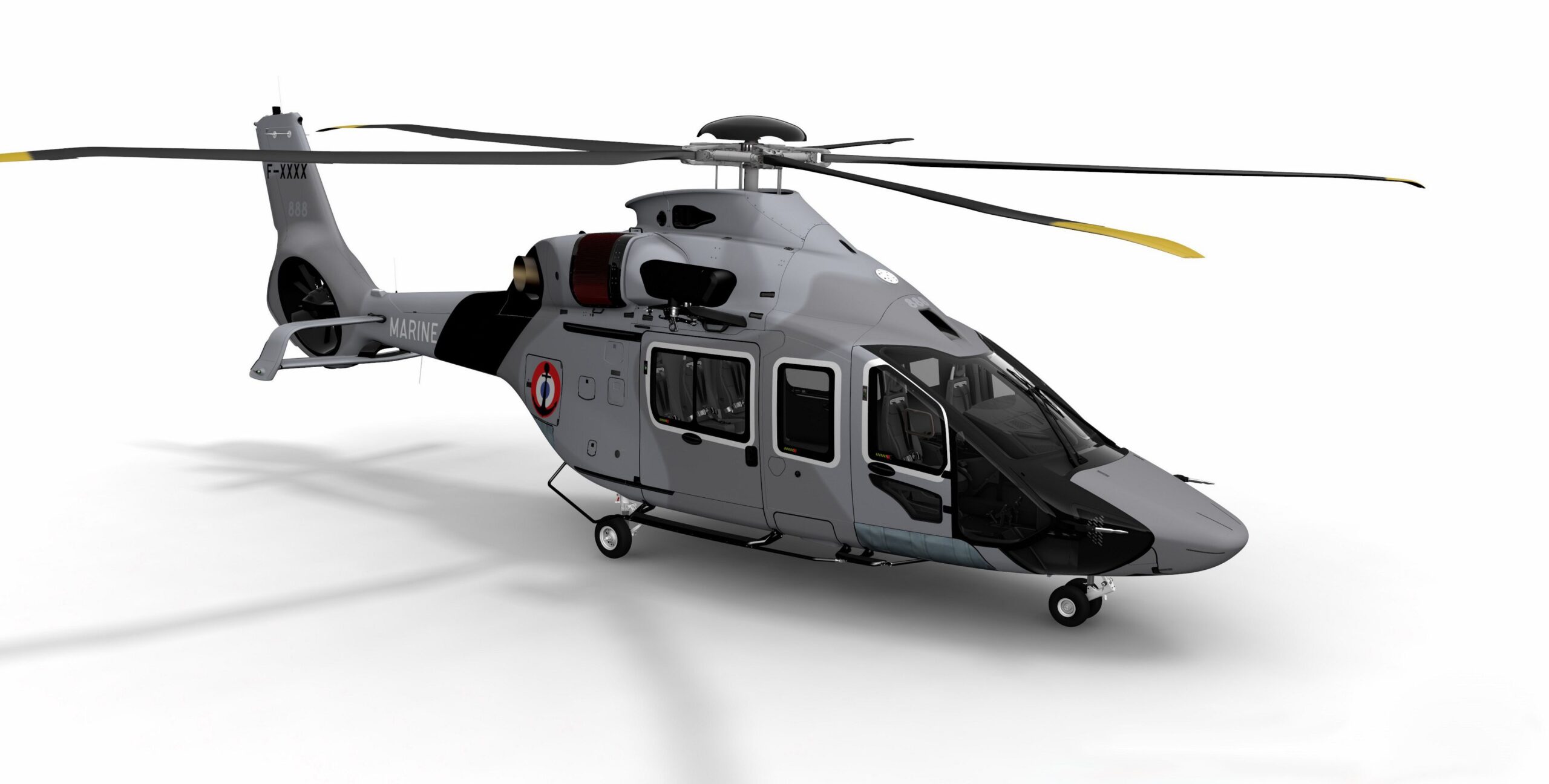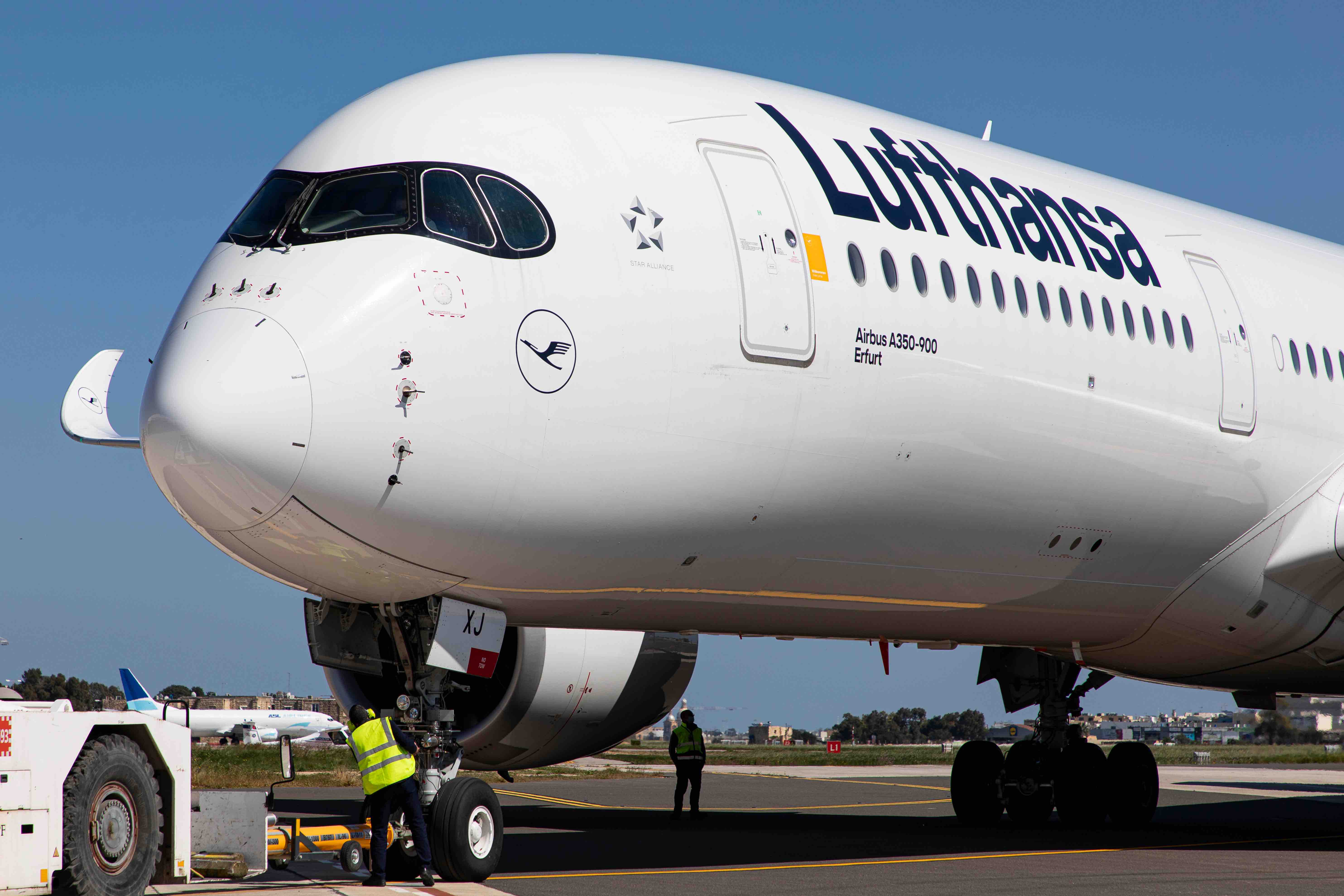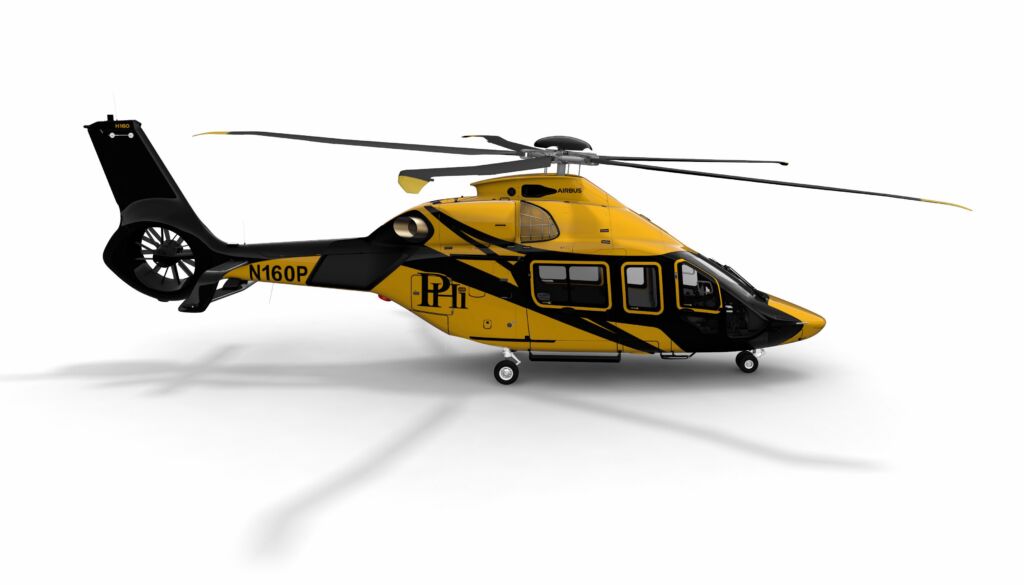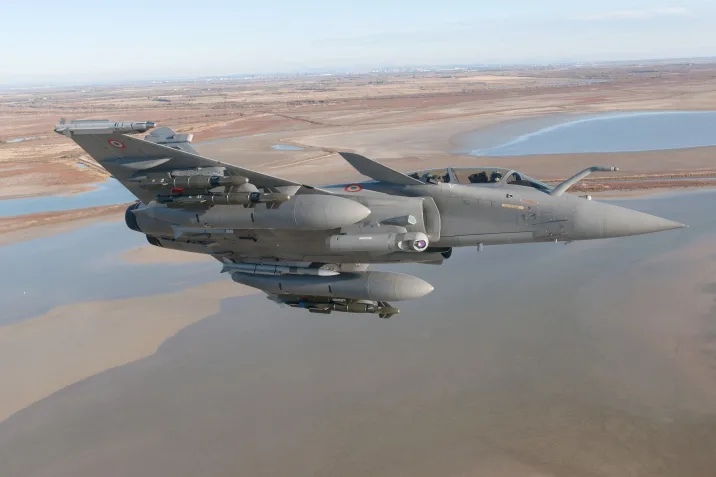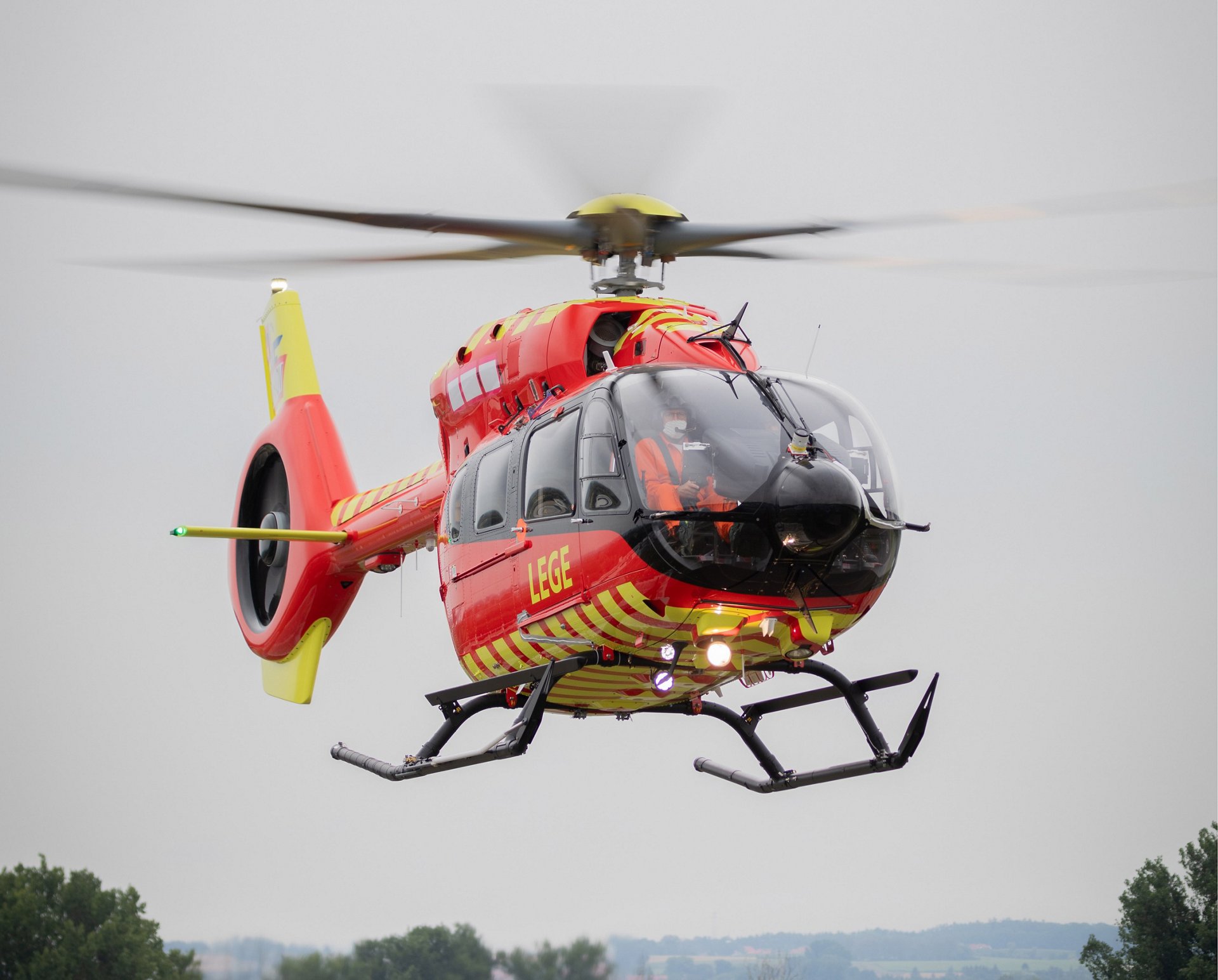Marignane, France, September 12, 2023 – Airbus Group SE (Paris: AIR) and PHI Group Inc (PHI) have signed a framework agreement that includes commitments for 20 super-medium H175 helicopters and 8 H160s to serve the energy market worldwide, including in the US. These 28 state-of-the-art helicopters will better position PHI to respond to the energy market’s expected growing offshore transportation needs. These commitments are composed of firm orders as well as purchase options that PHI may exercise during the course of the framework agreement.
PHI has been supporting the energy industry for 74 years. Today, PHI operates over 200 helicopters across the globe serving a number of markets, including energy and air medical. PHI’s Airbus fleet consists of H125, H135, H145, H160 and H175 family helicopters – with the H175 being the latest addition.
In service since 2015, Airbus’ H175 belongs to the super-medium class of helicopters, combining long-range with smooth flight qualities, making it the perfect solution for several mission profiles, including offshore crew change, public services, and private and business aviation. 54 H175s currently in service have accumulated around 195,000 flight hours, of which 170,000 are flying for the energy sector.
Designed as a multi-role helicopter capable of performing a wide range of missions, the H160 integrates Airbus’ latest technological innovations. With its light maintenance plan, the H160 optimises operating costs and offers a new standard in availability. The helicopter is powered by two of the latest Arrano engines from SafranHelicopter Engines that offer a 15% reduction in fuel burn. Both the H175 and H160 are already certified to fly with as much as 50% sustainable aviation fuel.
